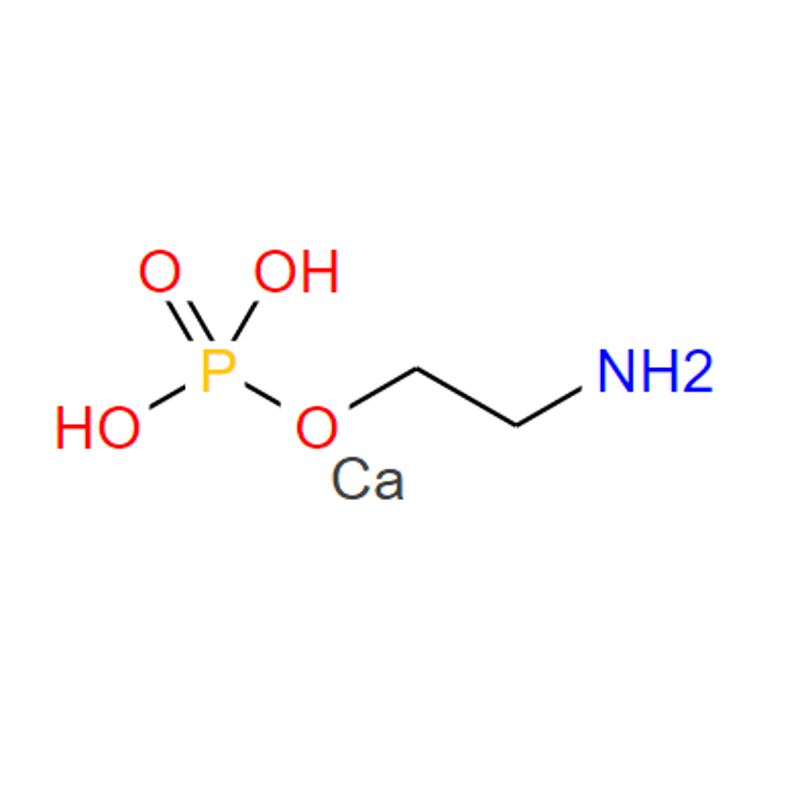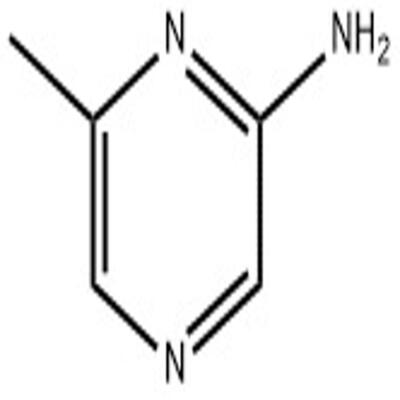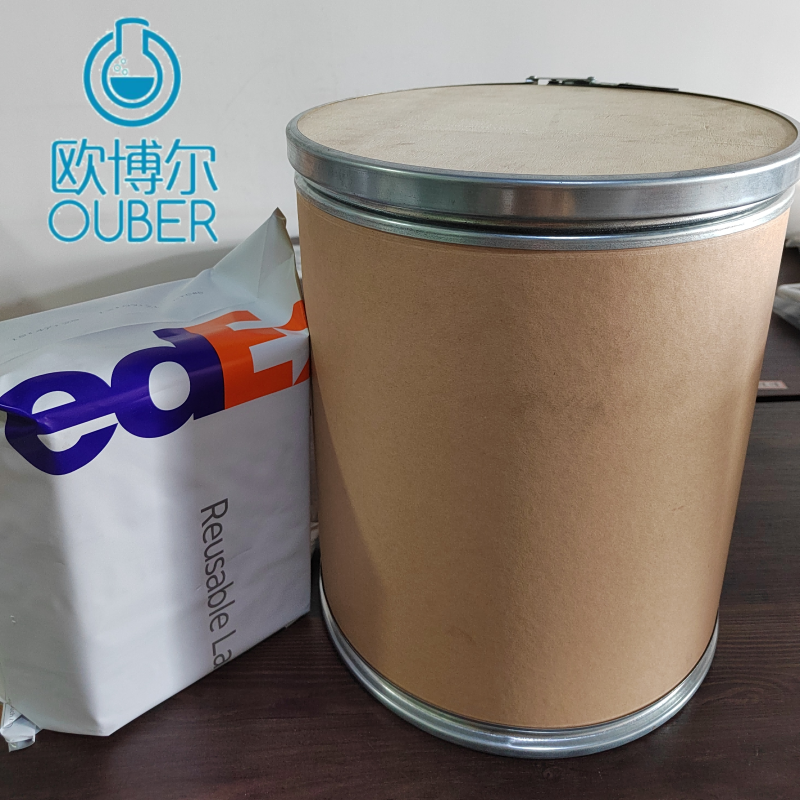-
Categories
-
Pharmaceutical Intermediates
-
Active Pharmaceutical Ingredients
-
Food Additives
- Industrial Coatings
- Agrochemicals
- Dyes and Pigments
- Surfactant
- Flavors and Fragrances
- Chemical Reagents
- Catalyst and Auxiliary
- Natural Products
- Inorganic Chemistry
-
Organic Chemistry
-
Biochemical Engineering
- Analytical Chemistry
-
Cosmetic Ingredient
- Water Treatment Chemical
-
Pharmaceutical Intermediates
Promotion
ECHEMI Mall
Wholesale
Weekly Price
Exhibition
News
-
Trade Service
Introduction
In the chemical industry, one of the most important aspects is the production of various chemical compounds.
One such compound is 4-Bromopyridazine, which is used in a wide range of applications in industries such as pharmaceuticals, agrochemicals, and textiles.
In this article, we will be discussing the upstream and downstream products of 4-Bromopyridazine, and the processes involved in their production.
Upstream Products
The upstream products of 4-Bromopyridazine refer to the raw materials and intermediates used in its production.
One of the most important upstream products is 2-pyridinecarboxaldehyde, which is used as a starting material in the synthesis of 4-Bromopyridazine.
This compound is synthesized by a multi-step process that involves the reduction of 2-pyridinecarboxylic acid with lithium aluminum hydride (LiAlH4) in the presence of a solvent such as ether or THF.
Another important upstream product is N-bromosuccinimide (NBS), which is used as a reagent in the synthesis of 4-Bromopyridazine.
NBS is synthesized by a simple reaction between chlorosuccinimide (ClS(CH2)3) and bromine (Br2) in the presence of a solvent such as carbon tetrachloride (CCl4).
The reaction between these two compounds results in the formation of NBS, which can then be used as a reagent in the synthesis of 4-Bromopyridazine.
Downstream Products
The downstream products of 4-Bromopyridazine refer to the various chemical compounds that are derived from it.
One of the most important downstream products is 4-Amino-3-bromopyridine, which is used as an intermediate in the production of various pharmaceuticals, agrochemicals, and textiles.
This compound is synthesized by a simple reaction between 4-Bromopyridazine and ammonia (NH3) in the presence of a solvent such as pyridine.
The reaction between these two compounds results in the formation of 4-Amino-3-bromopyridine, which can then be used as an intermediate in the production of various chemicals.
Another important downstream product of 4-Bromopyridazine is 2-Bromopyridine-5-carboxylic acid, which is used as a starting material in the production of various agrochemicals.
This compound is synthesized by a multi-step process that involves the oxidation of 4-Bromopyridazine with potassium permanganate (KMnO4) in the presence of a solvent such as water, followed by the decarboxylation of the resulting compound.
Processes Involved in Production
The production of 4-Bromopyridazine and its downstream products involves a series of chemical reactions and processes.
The following are the key steps involved in the production of 4-Bromopyridazine and its downstream products:
- Synthesis of 2-Pyridinecarboxaldehyde: This involves the reduction of 2-pyridinecarboxylic acid with LiAlH4 in the presence of a solvent such as ether or THF.
- Synthesis of N-Bromosuccinimide (NBS): This involves the reaction between chlorosuccinimide (ClS(CH







